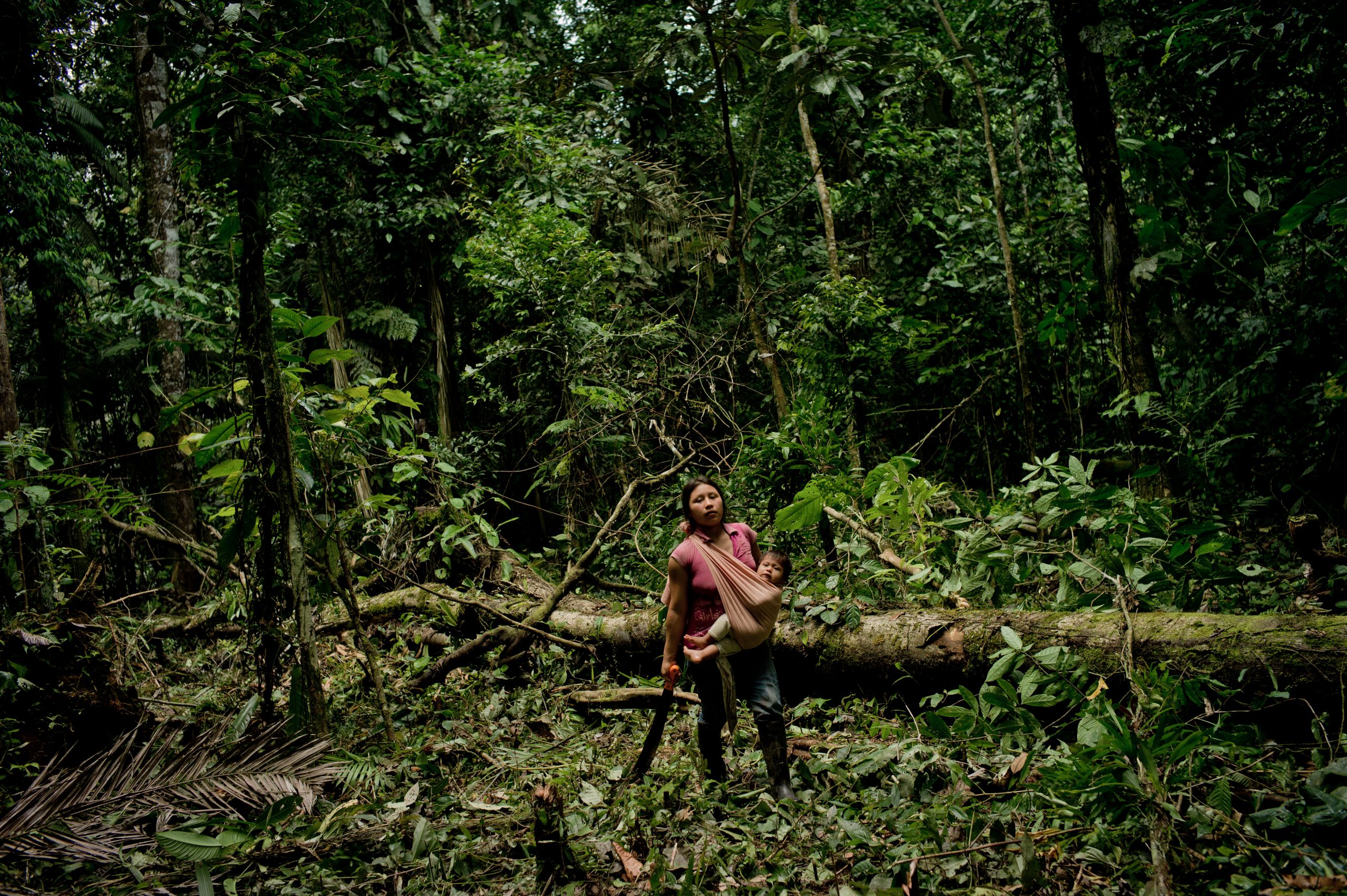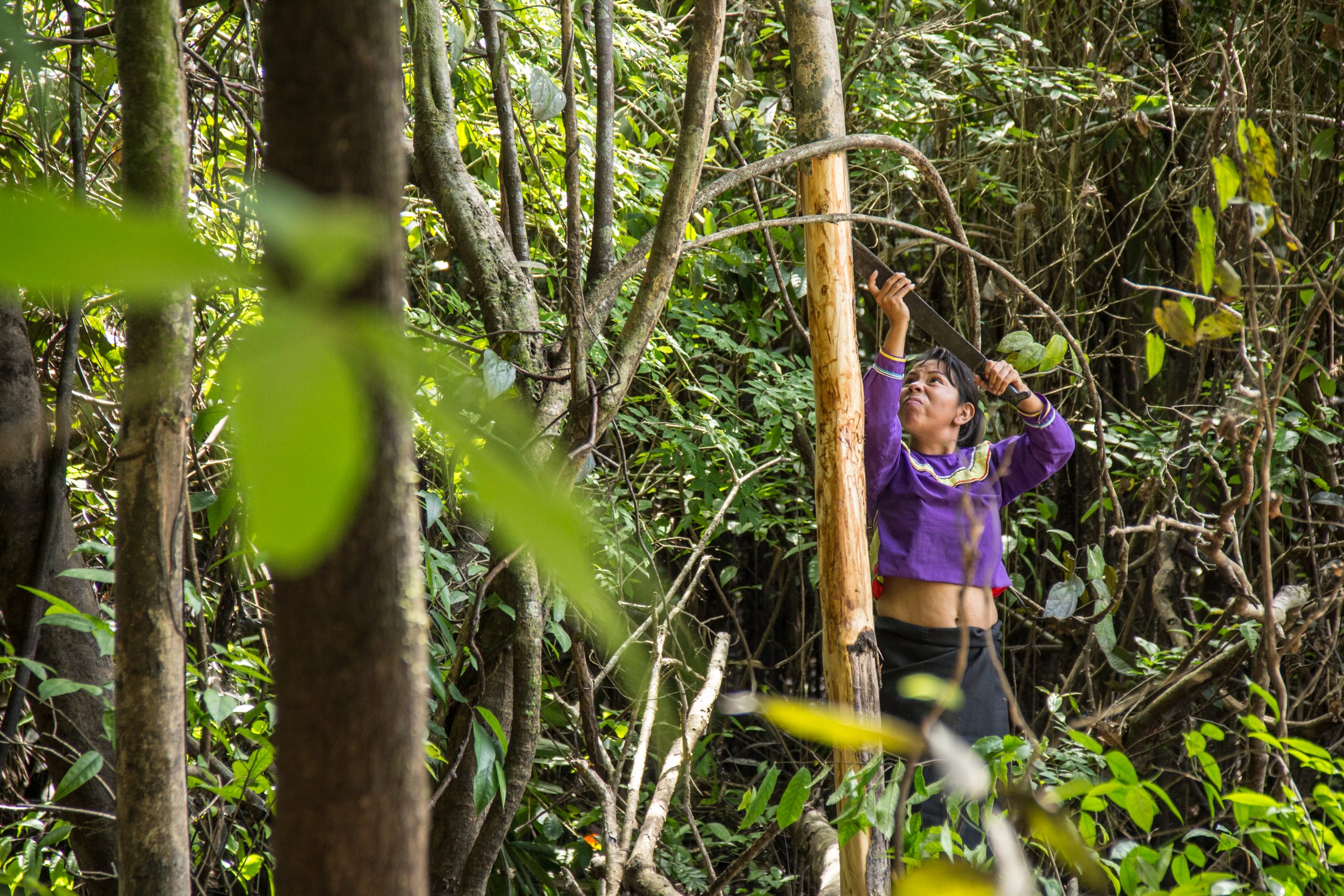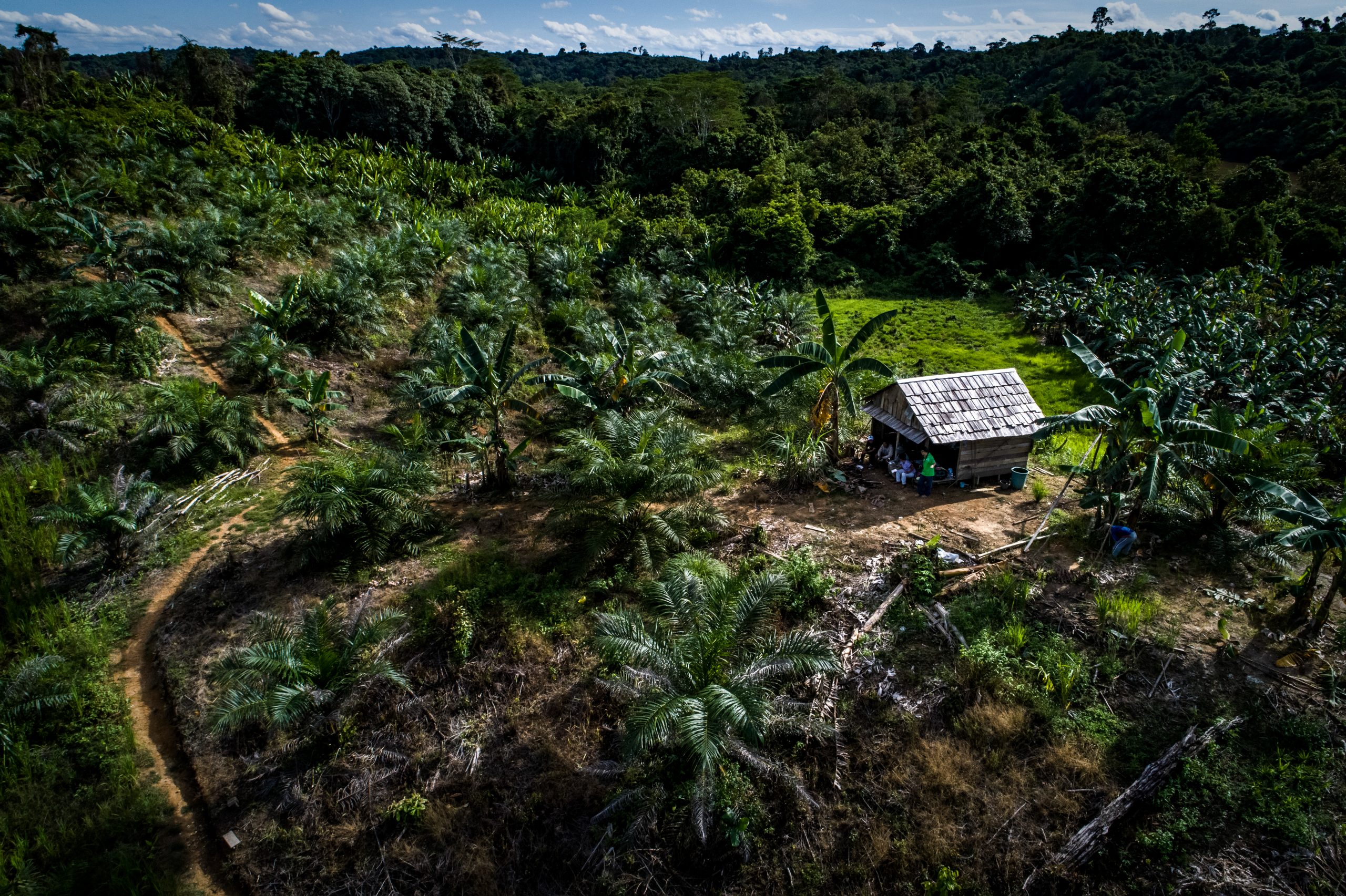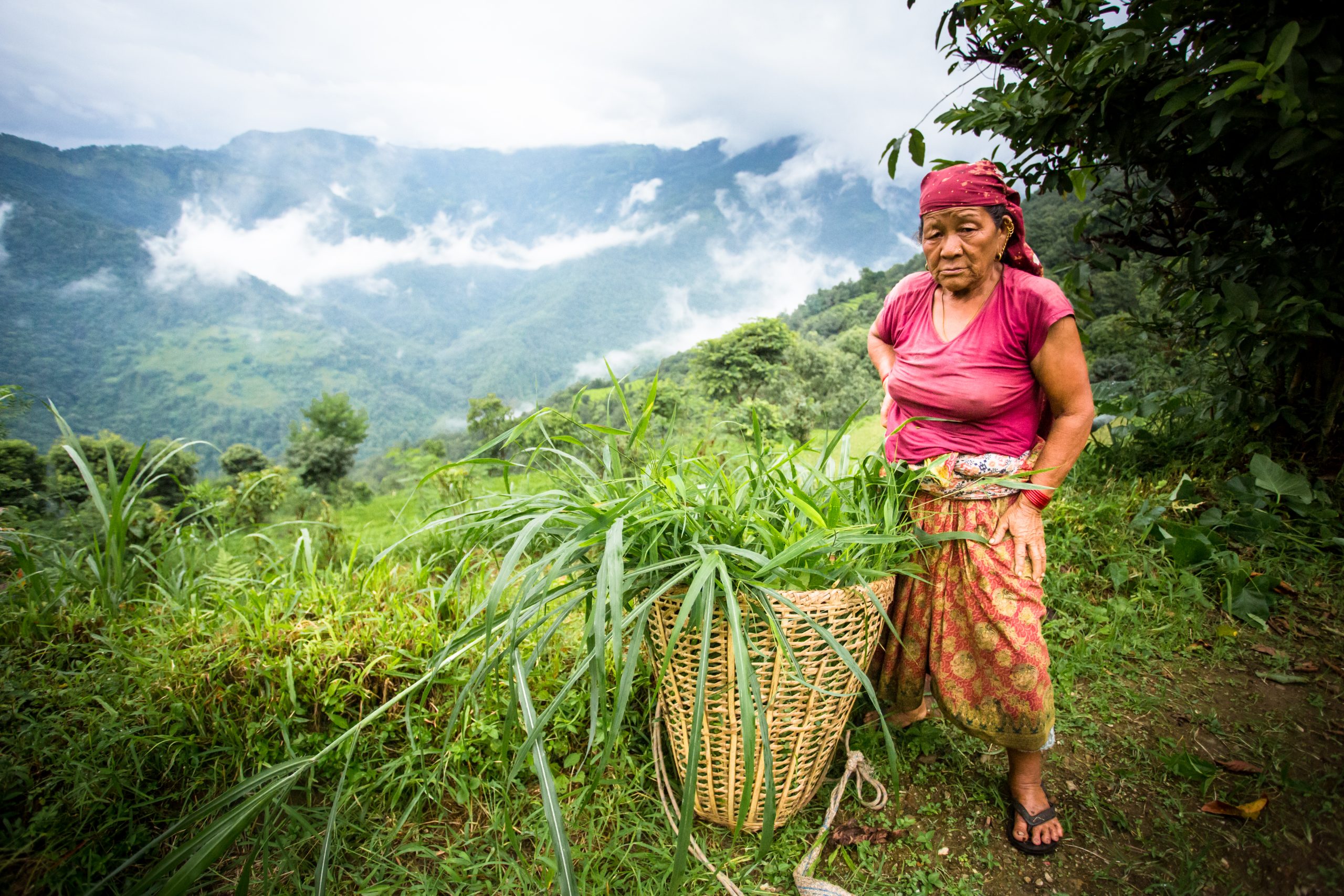Duration of engagment
Short (6-12 months per capacity building intervention)
Cost
(No cost)
Advocacy on behalf of community representatives at meetings
($)
Support for community representatives to participate in meetings
($)
Costs of capacity building for community representatives and constituencies
($$)
Costs of community capacity baseline assessment
($$)
Incentives/compensation for the communities
In the real world
Motivating forest conservation through secure land tenure
Golden Agri-Resources (GAR), a large oil palm plantation operator, worked with stakeholders in Kapuas Hulu district in West Kalimantan, Indonesia to develop a land use plan that clearly delineates areas for conservation, livelihood activities, and development. The plan grew out of a critical independent review when the company’s earlier conservation efforts, carried out with unsatisfactory community engagement, sparked resistance by locals who considered ecological set-asides to be land grabs. This time, GAR tested a Participative Conservation Planning tool that incorporated community views into the plan by combining conservation mapping with participatory village mapping. The plan was ultimately approved by local government. During its negotiations with the government to get this plan approved, GAR worked to ensure that participating local communities receive land tenure security and access to loans from a state infrastructure fund.
Governing cocoa production from below
To advance sustainable cocoa production landscapes in Ghana, Touton formed a consortium with Ghana’s Forestry Commission, Tropenbos, and the Nature Conservation Research Centre (NCRC), leveraging these partners’ experience mobilizing communities and strengthening community-based natural resource governance. The consortium worked with local communities and their leaders to build governance structures on the Community Resource Management Area (CREMA) approach. CREMA strengthens existing community structures by developing landscape management plans, governance boards, and constitutions governing the landscapes. The overall effort connected communities with local government administrations to directly influence and tap into development plans for the entire jurisdiction.
Key points for companies
What companies do will depend on communities’ existing capacities. First, assess these capacities, and gaps, to understand what prevents more active community engagement in multi-stakeholder processes. Then consider the following range of actions, seeking effective and representative participation especially of women given their role in ensuring that development efforts endure:

Clearly articulate the value of community participation. Local communities may be discouraged or fatigued by years of promises from governments or companies that failed to generate tangible benefits. Provide clear incentives, status, and income opportunities to secure early and ongoing participation. Don’t over-promise, and be explicit about who would benefit (all members indirectly, or only those directly engaged). Clarify as well what the benefits will be (e.g. tenure security, higher crop yields or prices, improved genetic material, value-added processing, access to finance) and what participants must do, or risk, to earn them.

Organize communities for effective representation. Communities may be represented by legitimate and effective leadership through traditional local government and/or through women, youth, farmers, or small businesses constituencies. But they may also be marginalized. Rather than direct or engage deeply in an effort to enfranchise communities – with which companies may have competing or conflicting interests — companies can support their empowerment process by funding an independent third party to support community dialogue and organizing.

Build capacity for effective representation, consultation, decision making, and governance. Community representatives may need help understanding the roles, rules, tools, and steps in the landscape/jurisdictional planning process. Likewise, community members may need support to know what’s at stake and how to speak through and guide their representatives. A company could fund capacity building and/or provide seasoned staff to help enhance knowledge and skills.
- Capacity building is rarely a once-off. It is needed from the outset through planning and implementation, as new kinds of information, opportunities, and activities arise. Some opportunities and choices will present trade-offs within or between groups and require community dialogue to inform a response.

Disseminate landscape/jurisdictional information to communities. Provide regular information, in local languages, via trusted local media, about meetings with, topics in, and opportunities to engage with the multi-stakeholder body advancing an L/JI. When government policies change, companies can leverage these communication channels to raise awareness with communities about what is happening, and why it matters.

Help community representatives participate in the multi-stakeholder process. A company can offer financial support, compensating the most vulnerable community members (e.g. women, tribal or ethnic minorities) for any time away from their job or family that they invest in the landscape/jurisdictional process. It can also pay for live or written translation, to overcome language barriers to participation.
- Once in attendance, previously marginalized community representatives may often also need encouragement to speak openly and often. Companies can help create space in meetings for active participation by reserving them special time to voice their opinions, then ensure that what they say is respected. To that end, one helpful guide can be found in Tools and best practices for ensuring public participation in Environmental Impact Assessments.1
External conditions that improve likelihood of success
- A multi-stakeholder body represents the key actors in the landscape/jurisdiction
- Community organizations exist, and represent the interests of marginalized groups
- Communities see pre-identified and clearly communicated incentives to engage in the process
- Facilitators trained on public participation best practices are available to ensure a transparent and robust system for informed consent of vulnerable communities
- Communities and the company (or an intermediary NGO or CSO) enjoy an established and trusted relationship
- Parties have a strong understanding of socio-economic profiles of community groups and their involvement in land use issues
The business case for this intervention
- Active and effective community participation in landscape/jurisdictional planning and implementation often helps a company to achieve its stated sustainability/sourcing goals and targets.
- Catalyzing community participation in a multi-stakeholder process increases the likelihood that the solutions it advances will receive community buy-in and support, lowering risks of future conflicts.
- Direct support for community representation and participation can improve a company’s reputation and enhance its social license to operate.
- Direct engagement of communities in the multi-stakeholder process may accelerate solutions for land ownership, access to credit, and loans in countries where land tenure is not fully developed.
1 PACT has published a number of reports on public participation in EIAs, including one for the Mekong region as part of the Mekong Partnership for the Environment: https://www.pactworld.org/library/guidelines-public-participation-eia-mekong-region.
